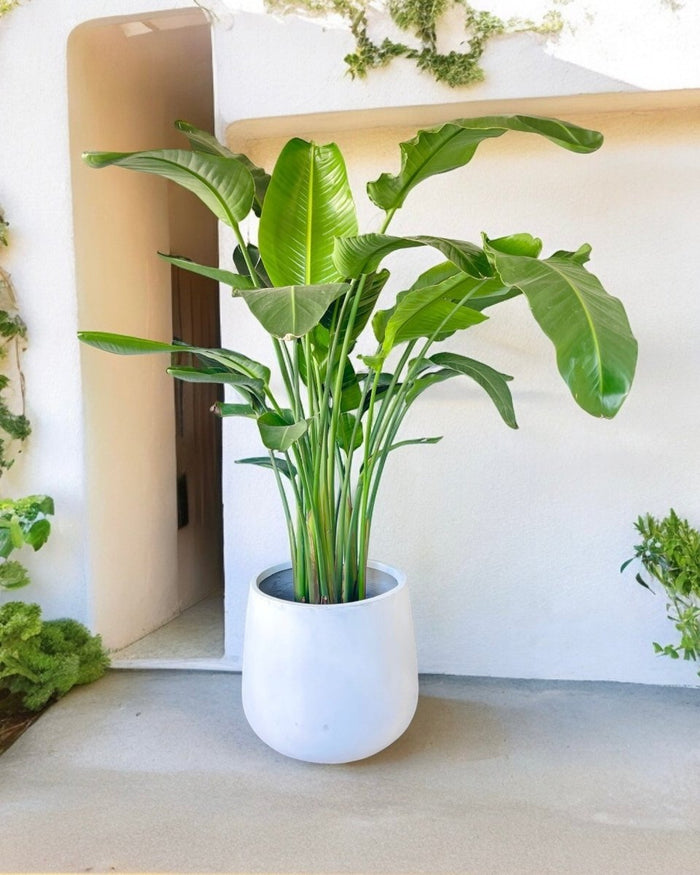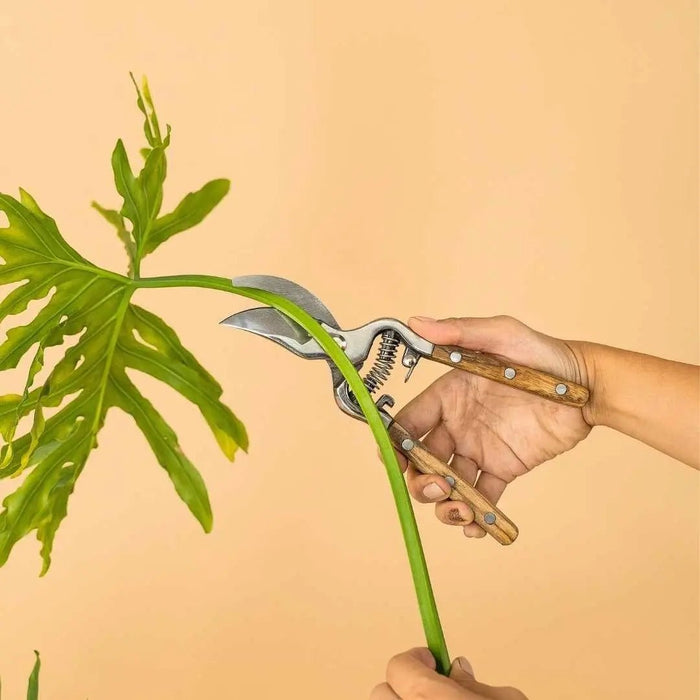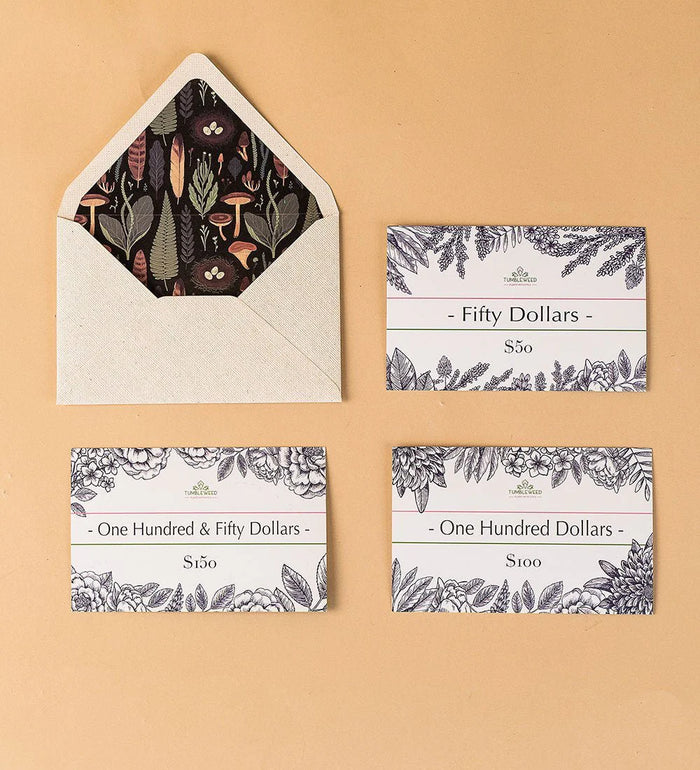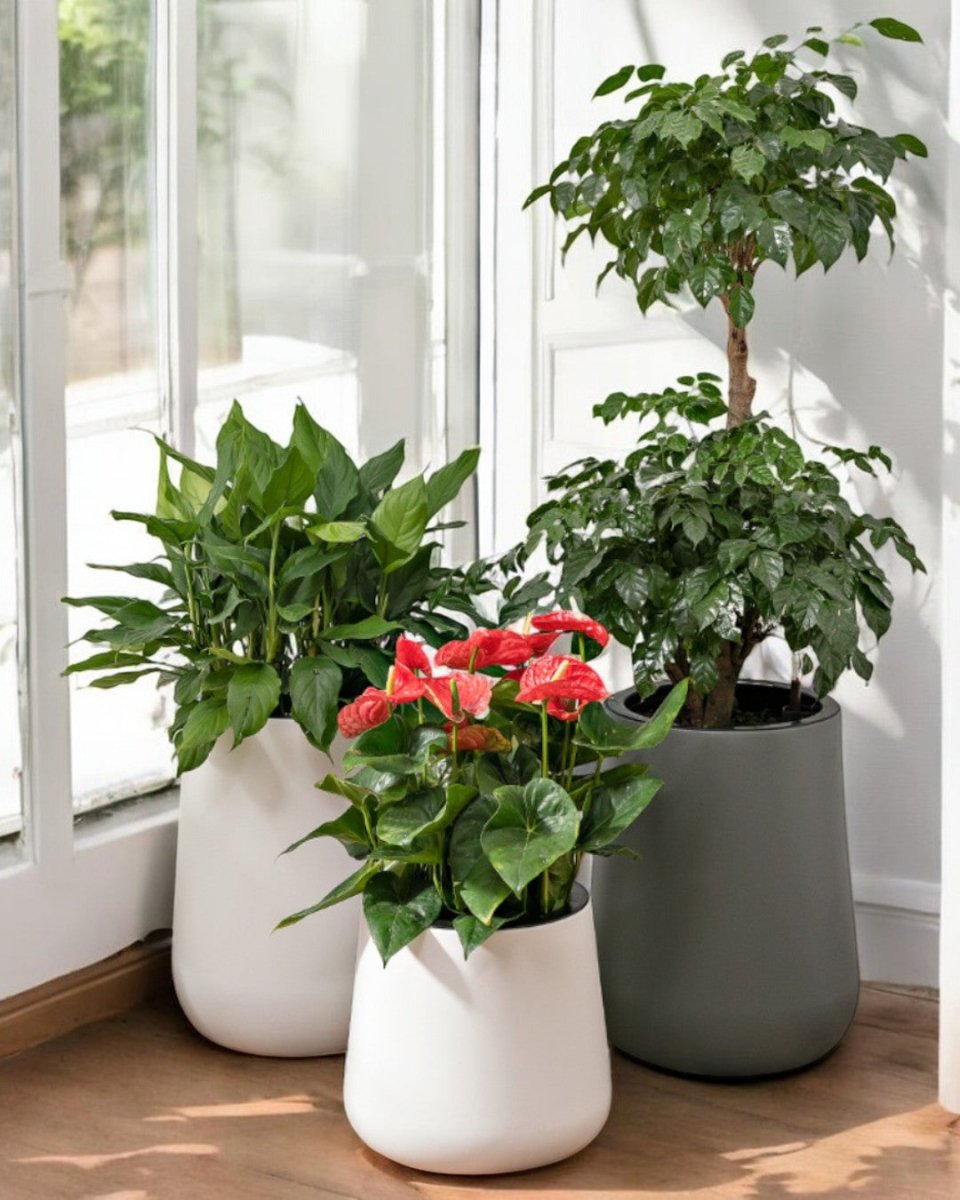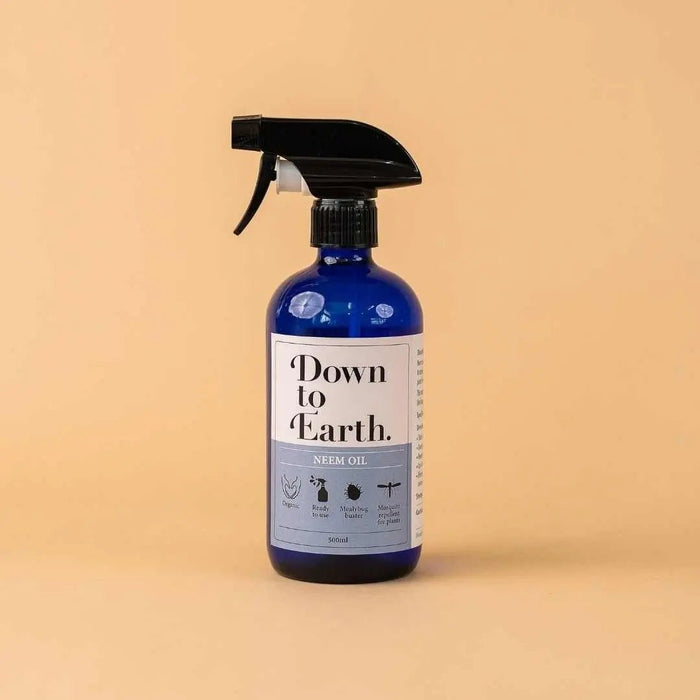Potting mix: a 101
Posted on March 21 2021
There’s more going on underneath your plants than you might realise. The material in which the plant is planted - often thought of generically as ‘soil’ but in this post we’ll be calling it potting media - has a big bearing on the health, longevity and stability of your plants.
With an understanding of some of the basics of potting mixes, you stand to give your plants a much better chance of a healthy and long life.
Common issues with potting media
Often (but not always) plants bought from plant growers are planted in a ‘grow pot’, that is to say usually a plastic pot in which the plant has been grown either from a seedling or a cutting.
The pot will usually contain potting media that is suitable for growing that particular plant species and the plant may remain in that pot with that same potting media for a considerable time. Many plants are grown outdoors and over time can become infested with ants or other bugs that you don’t want in there if you’re keeping the plant indoors.
Another issue with this type of potting media is that it may not be designed to be well-draining. Growing media is often rich in peat which retains a lot of moisture, something that is advantageous when a plant is germinating and developing roots but is counterproductive when the plant is well rooted and growing indoors.

Use well-draining potting mix for indoor plants
Generally speaking, houseplants should be potted in well-draining potting media to avoid the risk of roots becoming too wet and rotting, which can kill the plant. The conditions indoors (less direct sunlight, generally less hot) mean that plants grow more slowly and water is absorbed at a slower rate.
The type of plant pot and the size and structure of the plant also have a bearing. Pots with no drainage hole can contribute to a build up of excess moisture in the potting media, which can harm the plant. Large plants may need to be made stable in their pot. These factors make it important to have the right type of potting mix for houseplants.
Different plant varieties grow in different environments in the wild and when we keep a plant indoors we’re trying to replicate the conditions of the plant’s natural environment (something we’re going to be reminding you about regularly in this blog!) so different plants will thrive in different potting mixes. Epiphytes (plants that grow on trees) do not need any soil at all, whereas aquatic plants may need a very soil-dense, moisture-retaining mix.
But, don’t worry. The vast majority of common houseplant varieties, which tend to be either tropical and sub-tropical plants or desert or mountain-dwelling succulent species will be happy in one of two types of potting mix; a general, well-draining potting mix for the former and a succulent and cacti potting mix for the latter.
What goes into the mix?
Houseplant potting mixes usually contain a mix of some of the following components: topsoil, peat moss, sand, perlite, coco peat/coir, bark, pumice, rice husks, grit and other draining-aids. Its appearance is usually light brown and powdery with different textures and white particles (that’s the perlite).
These days you can find all sorts of potting mixes that can be very specific about the plants they are designed for. At Tumbleweed Plants, we produce two house mixes under our Down to Earth. brand; Formula 01 for general houseplant use and Formula 02 for cacti and succulents. All the potted plants we sell are repotted in one of these mixes. These mixes can be supplemented by compost and humus to provide nutrition and structure.

Further viewing? Take a look at our video on potting mixes
.
More questions? Drop a line to our team HERE







